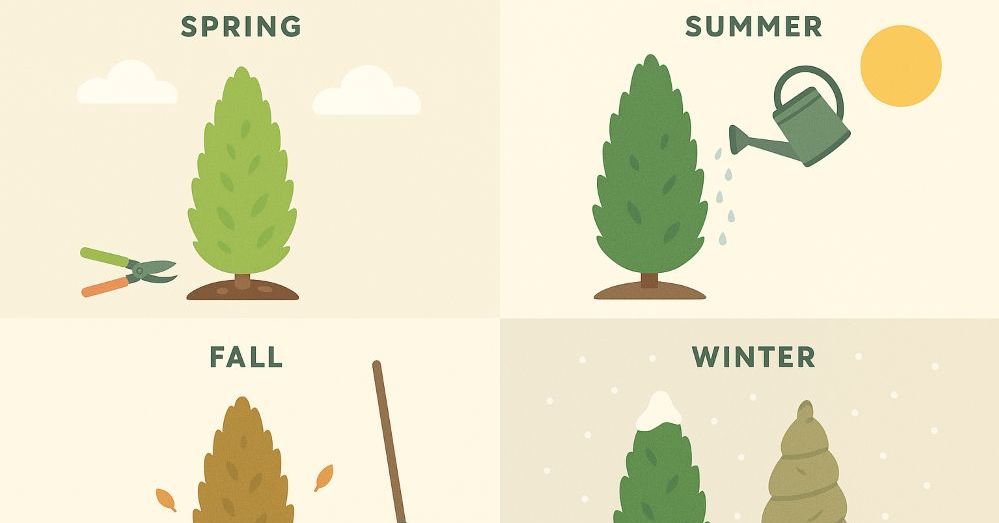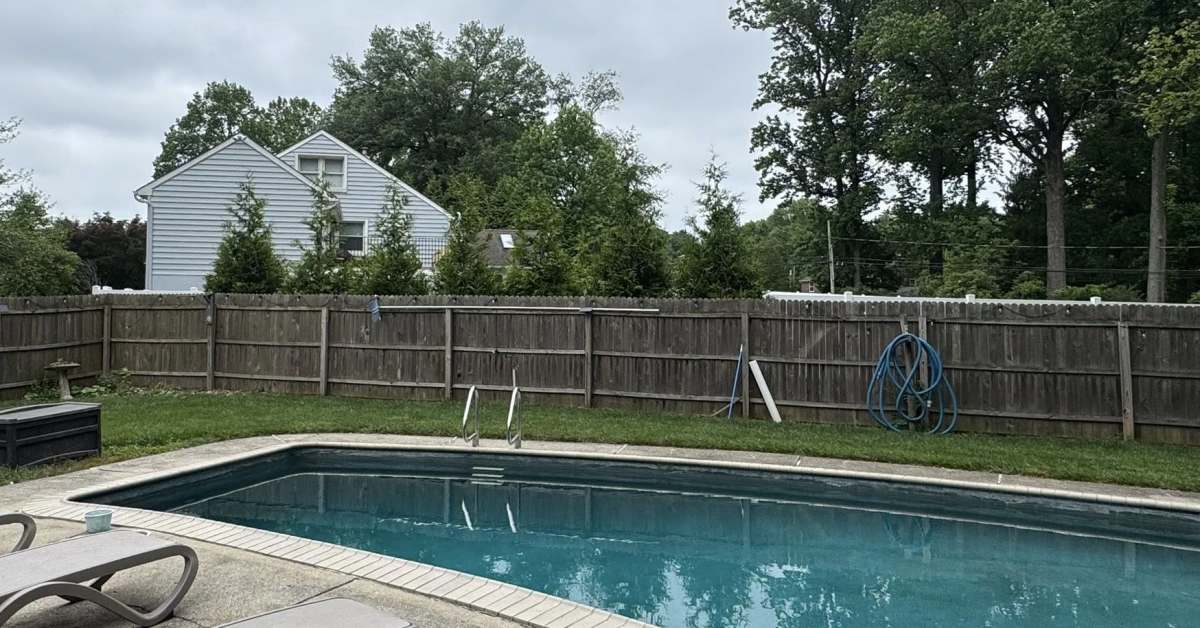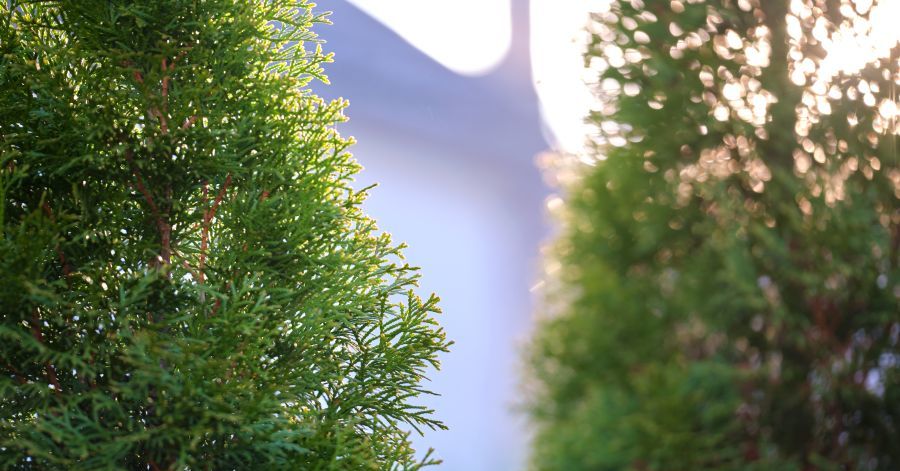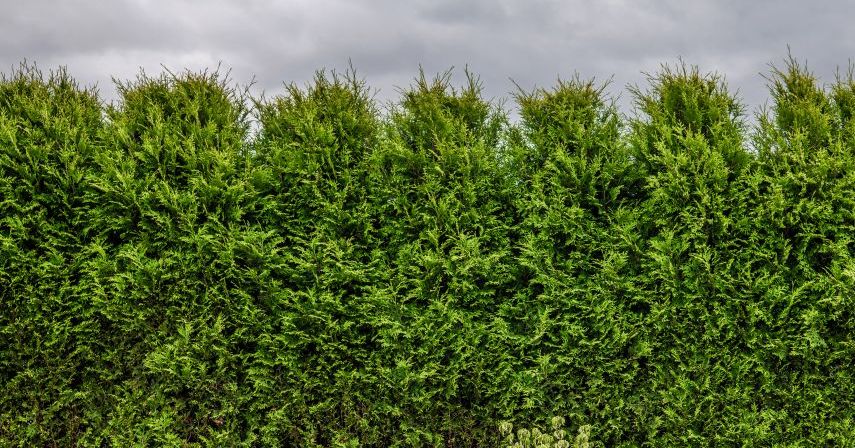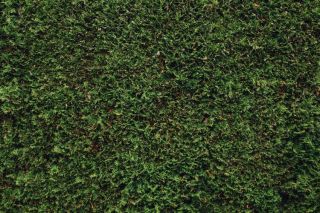
POV: You ordered arborvitae trees for a hedge and now you’re doom scrolling through images of scraggly trees, and diffuse, formless green tangles in the side yards of your nightmares. It’s not gonna happen to you - not this time… but how…?
How to Cultivate a Lush and Dense Arborvitae Hedge
When it comes to creating privacy and adding natural beauty to your outdoor space, arborvitae trees are a popular choice for many gardeners and landscapers. Known for their lush foliage and versatile growth patterns, these evergreens have the potential to create stunning hedgerows and screens. However, achieving a full and dense growth can sometimes be a challenge, with issues such as erratic growth patterns, scraggly trees, and unwanted sight lines through the hedgerows. But worry not! With the right knowledge and a bit of gardening savvy, you can guide your arborvitae trees to fill in beautifully, creating a lush and private outdoor oasis.
Arborvitae Care Essentials: Encouraging Robust Growth
1. Ensure Adequate Sunlight (6-8 Hour Minimum)
Arborvitae trees flourish in full sunlight, soaking in the rays to fuel their growth and maintain their vibrant green color. When planting, choose a location that gets lots sunlight throughout the day, ensuring that your trees have the best conditions for growth. However, if you have arborvitae in shaded areas, consider thinning out surrounding foliage to allow more light to reach your trees. This will encourage fuller growth and help prevent sparse, leggy branches.
2. Water Regularly

Water is a crucial element in the life of an arborvitae, and maintaining a consistent watering schedule is key to encouraging full, healthy growth. Provide your trees with regular irrigation, especially during dry periods, to ensure that they receive the moisture they need. Be mindful not to over-water, as arborvitae trees are sensitive to waterlogged soil, which can lead to root rot and other issues. A good rule of thumb is to water deeply and less frequently, allowing the soil to dry out slightly between watering sessions.
3. Use Nitrogen-Rich Fertilizers in Spring and Early Summer
Nitrogen is a vital nutrient for arborvitae trees, promoting lush, green growth and overall tree health. Opt for a nitrogen-rich fertilizer, applying it according to the package instructions to avoid over-fertilization. Consider the seasons when fertilizing, as providing nutrients at the right time can have a significant impact on your tree’s growth. Spring and early summer are ideal for fertilizing arborvitae, giving them a boost as they enter their active growing season.
4. Prune While Trees are Dormant
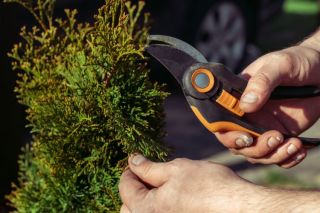
The best time to prune arborvitae is during late winter or early spring, while the trees are dormant just before new growth begins. Use sharp, clean pruning tools and trim branches right where they split off from other growth to ensure a healthy cut. By removing dead or damaged branches and shaping your trees, you encourage new growth and maintain a tidy appearance.
5. Prune Consistently and Avoid Over-Pruning
Pruning obviously involves trimming erratic branches that don't fit the shape of your hedge, but trimming regularly is key. If you trim smaller branches at the right time, you avoid chopping through thick wood and leaving behind unsightly hacked sticks. Think gradual and consistent.
It’s also helpful to trim branches that are growing too close together. This helps you stay ahead of situations where branches smother one another and turn brown. Use sharp, clean pruning tools and trim branches right where they split off from other growth to ensure a healthy cut. Focus on maintaining the natural shape of the tree, trimming lightly and regularly to promote even growth.
Advanced Planting Strategies for Enhanced Growth
Plant Arborvitae 2-6 Feet Apart at the Proper Depth
Proper spacing and planting depth are crucial for the health and growth of your arborvitae trees. When planting, ensure that there is enough space between each tree to allow for air circulation and growth, following the recommendations for your specific arborvitae variety. For smaller varieties like Emerald Green, plant 2 to 3 feet apart. For larger varieties like Green Giant, Plant 5 to 6 feet apart. Note that these recommendations are closer than you would plant for a looser tree row, and that close proximity can put trees into competition for water, air, nutrients, and sunlight. Make sure your watering, trimming, and fertilizing are equal to the task.
Dig a hole that is at least twice with width of the root ball and exactly the same depth, so that the root ball is level with the ground surface. Avoid planting too deep, as this can lead to root issues and hinder growth. If your hole is too deep, lift up the root ball to back fill some dirt until the depth is right. Fill the hole with your soil and water.
Get Your Mulch Game Proper
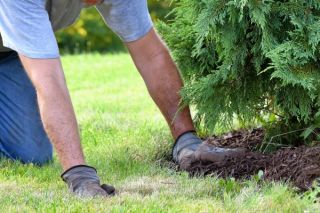
Mulch has several functions in the care of arborvitae trees: conserving moisture, regulating soil temperature, and preventing weeds. Apply a layer of organic mulch around the base of your trees, being careful not to pile it against the trunk. Adjust your watering routine according to the seasons and weather conditions, providing extra irrigation during dry spells and reducing water during wet periods. This ensures that your trees receive the right amount of water year-round, promoting healthy growth.
Make a Fertilizing Schedule
Develop a yearly fertilizing plan tailored to the needs of your arborvitae trees, providing them with the nutrients they need for optimal growth. Be on the lookout for signs of nutrient deficiencies, such as yellowing leaves or stunted growth, and address these issues promptly with the appropriate fertilizer. A consistent and balanced approach to fertilizing helps maintain the health and vigor of your arborvitae trees, encouraging them to fill in and create a dense hedge.
Pest and Disease Management
Keep an eye out for common pests that affect arborvitae trees, such as spider mites, scale insects, and bagworms. Identify these pests early and employ integrated pest management strategies to control infestations. Maintain the overall health of your trees through proper care and regular inspections, as healthy trees are less susceptible to pests and diseases. Consider using eco-friendly pesticides and treatments when necessary, and follow preventative measures to protect your arborvitae trees from potential threats.
You Got This

Cultivating a lush and dense arborvitae hedge requires a combination of proper care, regular attention, and a bit of gardening know-how. By following the tips and techniques outlined in this blog post, you can guide your arborvitae trees to fill in beautifully, creating a stunning and private outdoor oasis. Remember, consistency is key, and with patience and dedication, you can achieve a lush, green hedge that stands the test of time. We invite readers to share their experiences, ask questions, and join the community of gardeners striving for arborvitae excellence. Happy gardening!
Try Rolling Fields Tree Farm
Whether your looking for a hedge, a tree row, or standalone trees, Green Giant Arborvitae is among the fastest-growing and most popular tree options in the landscaping world. Check out our selection of sizes at GreenGiantTrees.com and get personal consultation and great rates.
.png)

